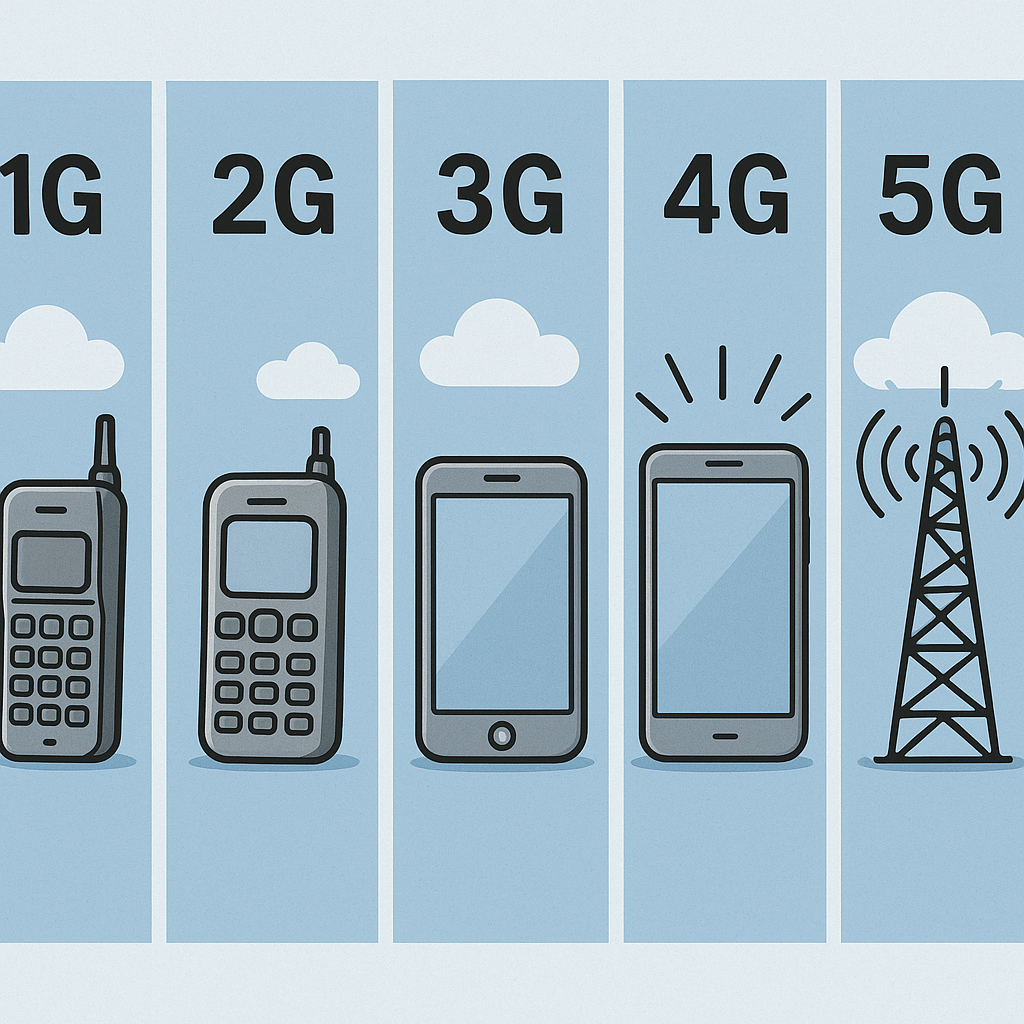Cellular Network in Trail Cameras
Explore the functionality, advantages, and technical details of cellular networks in trail cameras, and how they enhance outdoor monitoring and wildlife observation.
Glossary
The ability of a cellular trail camera to connect to a network, affecting data transmission, real-time monitoring, and battery efficiency.
Signal strength in the context of cellular trail cameras refers to the ability of a camera to establish and maintain a connection to a cellular network. It is measured in bars (1 to 5 bars) or in decibels-milliwatts (dBm), with lower dBm values indicating stronger signals. For example:
A robust signal ensures efficient data transmission, enabling seamless real-time updates, image uploads, and remote control functionality. Conversely, weak signals can lead to delays, missed notifications, or even complete communication failures.
Signal strength is critical to the operation of cellular trail cameras, which rely on mobile networks for transmitting data. Here’s how it impacts their functionality:
Data Transmission
Real-Time Monitoring
Remote Settings Adjustment
Battery Efficiency
The performance of cellular trail cameras depends heavily on signal strength, which is influenced by various environmental, network, and hardware factors.
Weather Conditions:
Obstructions:
Network Load:
Tower Maintenance:
Camera Placement:
Antenna Configuration:
Signal strength is quantified in dBm:
Ensure compatibility between your camera and the network provider’s frequency bands (e.g., 4G LTE).
Understanding and optimizing signal strength is vital for the effective operation of cellular trail cameras. By addressing environmental, network, and hardware factors and implementing best practices, users can ensure reliable performance. Whether for monitoring wildlife, securing properties, or conducting research, maintaining strong signal strength enhances the functionality and reliability of these devices.
This comprehensive knowledge empowers users to troubleshoot issues, maximize battery efficiency, and achieve seamless data transmission in various scenarios.
Discover the best cellular trail cameras and learn how to improve their performance with stronger signal strength.
Signal strength measures a trail camera's ability to connect to a cellular network, influencing data transmission, real-time updates, and remote control features.
A stronger signal ensures faster, more reliable data transmission, while weak signal strength can cause delays or failures in sending images and videos.
Signal strength is impacted by environmental conditions, network limitations, and hardware factors such as camera placement and antenna type.
You can improve signal strength by using external antennas, positioning the camera in elevated or unobstructed areas, and avoiding network congestion during peak hours.
Cameras with weak signal strength use more power trying to maintain a connection, draining the battery faster. Strong signal strength reduces energy consumption.
Explore the functionality, advantages, and technical details of cellular networks in trail cameras, and how they enhance outdoor monitoring and wildlife observation.

Discover why cellular connectivity is an essential feature for modern trail cameras. When this feature is most useful? The most common values to consider.
Discover everything you need to know about SIM cards in cellular trail cameras, including their purpose, usage, technical details, and the best options for remote areas.